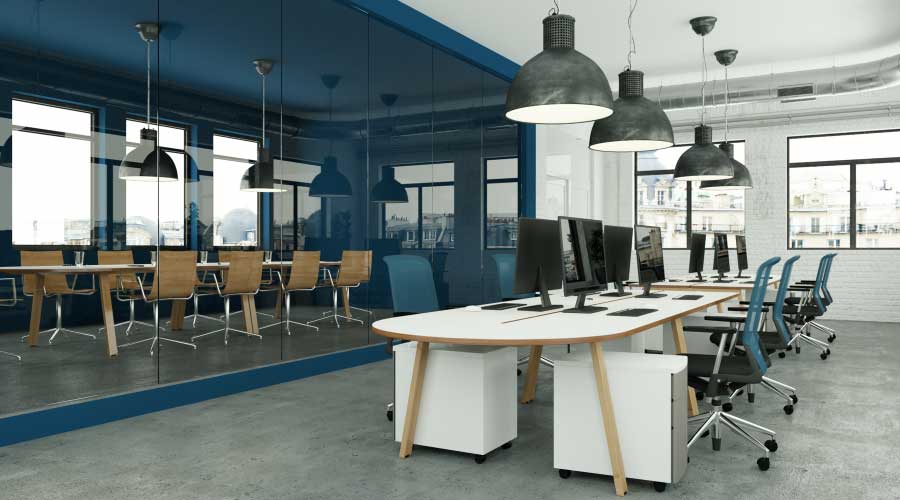Lighting Upgrades: Opportunities in Existing Buildings
Energy-efficient lighting generally is considered the easiest, most profitable investment compared to other energy-saving building systems. Lighting upgrades in commercial and institutional facilities generate an average project payback period of a little more than two years, with a 45 percent return on investment, according to the Energy Cost Savings Council.
One way to reduce the cost of operating an older lighting system is to replace it with a newer, more-efficient system. Another way is to upgrade existing, obsolete lighting systems with energy-efficient lamps, ballasts, fixtures and controls — staples in new buildings because of energy codes. Both strategies are designed to help maintenance and engineering managers lower energy use and save on utility costs.
With these benefits in mind, managers are taking on lighting retrofits, specifying controls and learning about tax incentives related to upgrades.
Existing Opportunities
About 2.5 million buildings, representing 60 percent of the U.S. commercial building stock, were built before 1980. Of these, about 1 million have benefited from a renovation. But only 18 percent have undergone lighting renovations, which suggests 25 billion square feet of floor space still features lighting that meets pre-1980 standards and uses the least-efficient lighting systems the law allows. These buildings represent today’s best candidates for lighting upgrades.
If energy-efficient lighting has proven to be reliable, widely available, and able to increase profitability through cost reduction, why is it more common in new construction than existing buildings?
The most common reason is the high initial cost of changing out an older lighting system and replacing it with a newer one. But this can be a short-sighted approach when considering the cost of forgoing an upgrade.
For example, the average retail price of electricity for commercial buildings jumped from $0.074 per kilowatt hour (kWh) in 2000 to $0.1025 kWh in 2008 — almost a 40 percent increase. If a lighting system costs $10,000 to operate each year and a modest upgrade could reduce this to $7,500, then over four years, the organization essentially has thrown away $10,000.
Related Topics:














